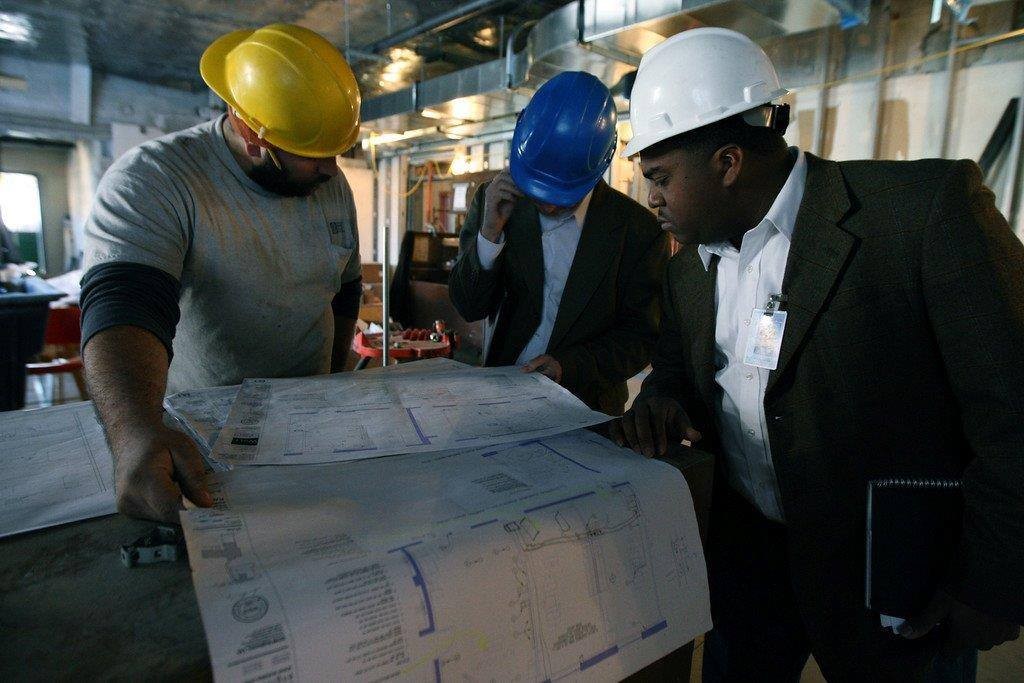Introduction
Tropical architecture represents a beautiful fusion of nature and modern living, seamlessly blending the two to create spaces that are both aesthetically pleasing and environmentally conscious. In this article, we delve into the principles of tropical architecture and how it harmonizes with the natural environment while meeting the needs of contemporary living.
Embracing Bioclimatic Design
At the heart of tropical architecture lies the concept of bioclimatic design, which leverages local climate conditions to create comfortable and energy-efficient spaces. By carefully orienting buildings, maximizing natural ventilation, and incorporating shading elements such as overhangs and louvers, architects can mitigate the harsh effects of tropical climates while reducing reliance on artificial cooling systems.
Integration of Indoor-Outdoor Living
One of the hallmarks of tropical architecture is its seamless integration of indoor and outdoor spaces. Open floor plans, expansive windows, and covered verandas blur the boundaries between interior and exterior, allowing occupants to enjoy the beauty of the surrounding landscape while remaining sheltered from the elements. This integration not only enhances the sense of connection to nature but also promotes natural airflow and daylighting throughout the home.
Utilization of Sustainable Materials
In keeping with its commitment to environmental stewardship, tropical architecture often makes extensive use of locally sourced and sustainable materials. Bamboo, timber, and thatch are commonly used for their abundance, renewability, and low environmental impact. Additionally, innovative materials such as recycled wood, bamboo composite, and rammed earth offer eco-friendly alternatives to conventional building materials, further reducing the ecological footprint of tropical buildings.
Harmonizing with the Surrounding Landscape
Tropical architecture is deeply rooted in its context, seeking to harmonize with the surrounding landscape rather than impose upon it. Buildings are often elevated on stilts or pilings to minimize disruption to the natural terrain and mitigate the risk of flooding in low-lying areas. Rooflines mimic the slopes of nearby mountains or the undulating waves of the sea, creating a sense of visual continuity with the environment.
Incorporation of Passive Design Strategies
Passive design strategies play a crucial role in tropical architecture, helping to minimize energy consumption and maximize occupant comfort. Cross-ventilation, thermal mass, and natural shading are employed to regulate indoor temperatures and reduce the need for mechanical heating and cooling. By harnessing the natural elements of sun, wind, and rain, tropical buildings remain comfortable and livable year-round, regardless of external conditions.
Celebration of Vernacular Architecture
Tropical architecture draws inspiration from vernacular building traditions, adapting time-tested techniques to suit contemporary needs. Indigenous building methods, such as the use of palm leaf thatch or coral stone masonry, are reinterpreted through a modern lens, preserving cultural heritage while embracing innovation. This celebration of vernacular architecture fosters a sense of place and identity, rooted in the rich history and traditions of the tropics.
Integration of Green Spaces and Biodiversity
Green spaces and biodiversity are integral components of tropical architecture, serving as vital connectors between built and natural environments. Courtyards, gardens, and living walls provide pockets of greenery within urban settings, promoting biodiversity, enhancing air quality, and fostering a sense of well-being among residents. By incorporating nature into the built environment, tropical architecture creates vibrant and resilient communities that thrive in harmony with the natural world.
Adaptation to Climate Change Challenges
In the face of climate change challenges such as rising temperatures, extreme weather events, and sea-level rise, tropical architecture is evolving to meet the needs of a rapidly changing world. Resilient design strategies, such as raised foundations, storm-resistant construction, and passive cooling techniques, help to safeguard buildings and communities against the impacts of climate change while maintaining their connection to the natural environment.
Conclusion
Tropical architecture offers a compelling vision for the future of sustainable, resilient, and harmonious built environments. By embracing bioclimatic design principles, integrating indoor-outdoor living, utilizing sustainable materials, harmonizing with the surrounding landscape, incorporating passive design strategies, celebrating vernacular architecture, integrating green spaces and biodiversity, and adapting to climate change challenges, tropical architecture exemplifies the potential of architecture to harmonize with nature and enhance the quality of modern living in the tropics. Read more about tropical architecture





